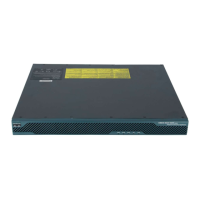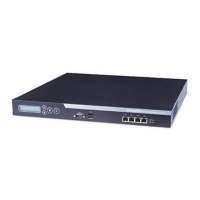CHAPTER
5-1
Cisco Customer Response Solutions Servicing and Troubleshooting Guide, Release 5.0(1)
5
Cisco Discovery Protocol Support
This section contains the following topics:
• About the Cisco Discovery Protocol (CDP), page 5-1
• Using the CDP Driver, page 5-2
• Accessing CDP Driver Control, page 5-2
• Installing the CDP Protocol Driver, page 5-2
• Starting the CDP Protocol Driver, page 5-2
• Enabling the CDP Protocol Driver, page 5-3
• Showing the CDP Protocol Driver Properties, page 5-3
• Updating an IP Address for the CDP Protocol Driver, page 5-3
• Locating Updated CDP Driver and Interface Files, page 5-4
• Default CDP Settings, page 5-4
About the Cisco Discovery Protocol (CDP)
The Cisco CRS system uses the Cisco Discovery Protocol (CDP) to periodically send out CDP messages
to a designated multicast address. These messages contain information such as device identification,
interface name, system capabilities, SNMP agent address, and time-to-live. Any Cisco device with CDP
support can locate a Cisco CRS server by monitoring these periodic messages.
Using information provided through CDP, the CiscoWorks server discovers your Cisco CRS server and
the Campus Manager application Topology Services builds topology maps that display the CRS server
and other Cisco devices.
CDP is enabled on the Cisco CRS system by default. You must have the CDP driver enabled at all times
for CiscoWorks to discover the CRS server.
Note The Windows 2003 CDP Protocol Driver is designed to run with Cisco CRS on a Cisco Media
Convergence Server (MCS) with a 10/100BaseT Ethernet network interface card under Windows 2003
Server. It does not support other media, such as Token Ring, ATM, or Windows NT platforms (including
Windows 98 or Windows NT 4.0).

